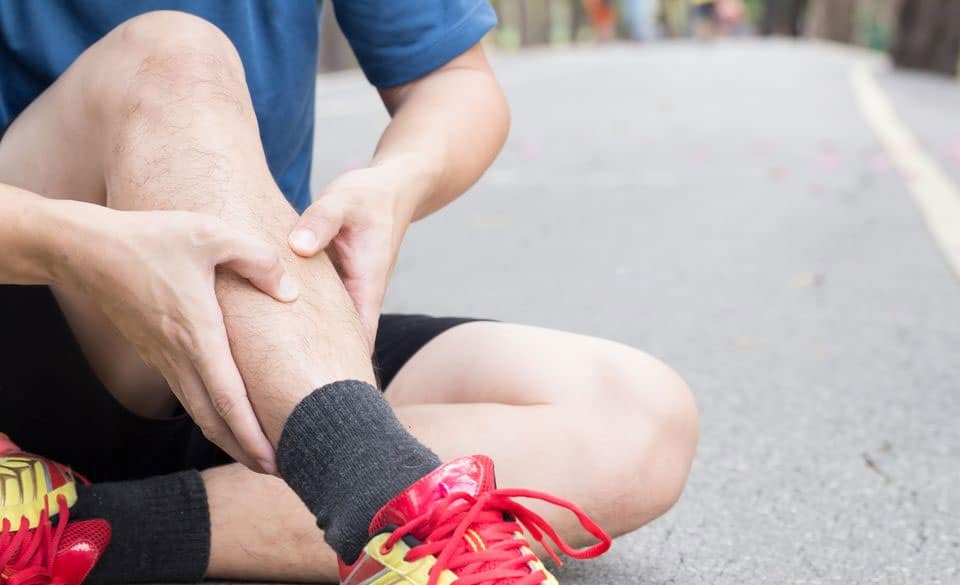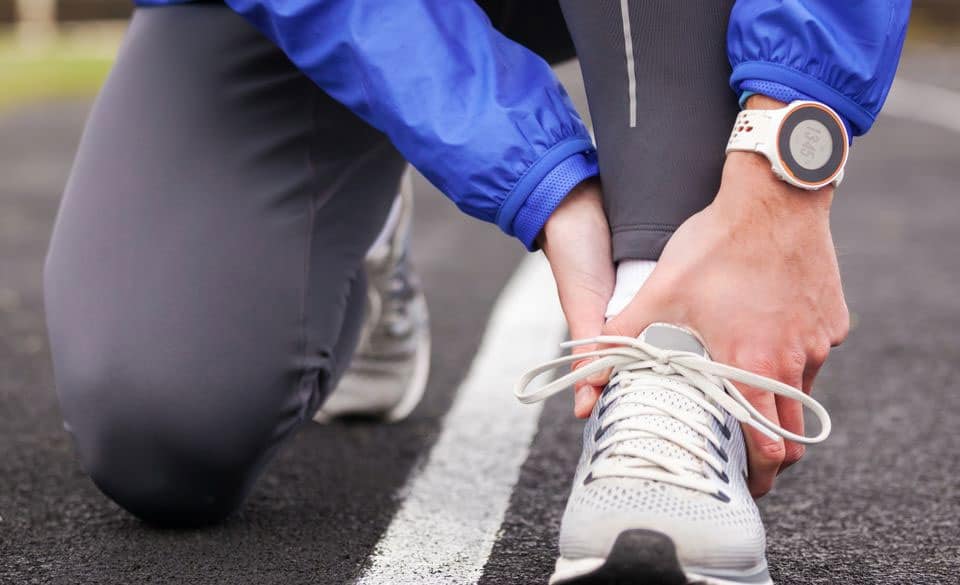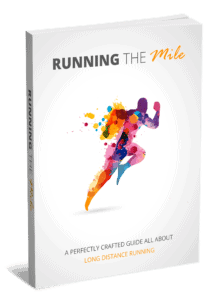
Shin Splints Cures – UPDATED 2021 – Guide To Running With Shin Splints
Page Contents
Whether you are a beginner or experienced runner, at some point, you have experienced shin splints. Many runners are looking at ways to know how to run with shin splints. This article will open your eyes to the cause, treatment, and preventive measures to take for effective management.
What Is Shin Splints?
The medical name for shin splints is medial tibial stress syndrome (MTSS). The term used to describe a painful inflammation of the muscles in the shins (lower leg, below the knee region). It can occur in the inward part of the leg (medial shin splint) or the outer part of the leg (anterior shin splint).
Shin pains are one of the most common injuries dreaded by most runners, football players, dancers, tennis players, and basketball players.
What Causes Shin Splints?
Engaging in physical activities is beneficial to the body, but the pain and soreness that often come with increased physical exercise can be unbearable. The chances are that you’ll develop pain and shin splints if running is increased too rapidly or run with incorrect technique.
Force and pressure on your shin bone, including tissue and the muscle next to the bone speed start the process of shin splints. The repeated stress and pounding on the shin bones increases the pressure of the muscle against the bone, which then leads to inflammation and pain.
Repeated stress on the bone could also lead to cracks or microscopic fracture in the leg bone. These small cracks usually disappear if adequate rest is allowed. However, most running enthusiasts do not give their body enough time to recover before their next run. Lack of significant rest can make these tiny cracks to further develop into stress fracture or a complete fracture.
Microtears cause shin splints in the leg bones and muscles. Many factors can cause this. Worn shoes, overpronation, over striding, and increase in volume can cause this process to speed up.
What Causes Pain In The Shins?
Anyone involved in physical activities is at risk for shin splints. However, various exercises can increase your risk of getting shin splints.
Physical attributes include:
– Improper running technique
– Overpronation or flat feet syndrome (or other forms of anatomical abnormalities)
– Poor flexibility· Weakness in the buttocks or thigh muscle
– Running with worn-out shoes
– A dramatic increase in your running or training intensity
– Running downhill excessively
– Uneven surface or slanted trails
– Running on concrete surfaces or other hard surfaces.

Treatments and Management Of Shin Splints
Shin pain can be so intense that you may need to stop running; your ability to walk correctly might also be affected. Therefore it is essential to see a doctor who may prescribe x-rays and MRI scans to determine if you have a bone fracture or suffering from a different ailment entirely.
To treat shin splints, you will have to take a break from running and allow your shins to heel. Usually, the pain should disappear within a few days after limiting your physical activities. The usual downtime period of two weeks is recommended for a complete recovery. During this recovery period, you can perform some mild physical exercises, especially those that won’t cause further injury to your legs like swimming or biking. Your physician may also direct you to use icing to reduce the swelling (do this for at least 20 minutes every 3 – 4 hours for 2 – 4 days or until the pain disappears.
Treatment for Shin Splints
– Take a painkiller or anti-inflammatory drugs like acetaminophen, naproxen, Ibuprofen, etc.
(These drugs should be your last resort)
– Keep your legs in an elevated position (above your heart level)
– Strap the affected leg
– Massage your legs using a foam roller
These are home remedies for the treatment of shin splints. However, if you are experiencing severe pain in your shin or if the pain is taking several weeks or months to heal, you may be required to go for a surgery known as Fasciotomy.
How To Avoid Shin Splits
Athletes and runners who have experienced the pain that comes along with shin injury will understand how annoying the management of this injury can be. But the good news is that it can be prevented by taking the right measures.
Preventive measures include:
– Taking time to select the right running shoes. Your running shoe should not only fit your feet but provide enough support and padding to stop you from over-pronating.
– Warming up properly before running
– Increase your speed and mileage gradually
– When switching from a soft running trail to a hard one, slowly increase your distance. Reduce the number of miles you run on hard surfaces until your leg muscle adapt.
– Build strength in your calf muscles. Walk on your heels for about 20 – 40 seconds and then walk normally for about 20 – 40 seconds, and repeat this exercise 4 – 5 times. You can also draw an alphabet on the floor with your toes while maintaining a sitting position. Perform this exercise with each leg.
Don’t ignore the pain!
Stop running the moment you feel pain in your shin. Then have your leg examined to determine if you have a shin splint or not. If you must run, make sure you strap your shins before you do so. Continue doing this until the pain finally disappears.
Avoid running on hard, rough, slanted or hilly trails until your shin completely heals, then introduce them slowly to prevent relapse. Stretch your legs regularly and adequately (especially your Achilles, hip, and calves).
Although shin pain can be challenging to deal with, ignoring the pains without giving adequate attention and care could result in a more extended recovery period. Always remember that there is no magic bullet to the treatment of shin splints. You have to patiently and consistently implement procedures and preventive measures. It is essential to seek medical assistance or visit a physiotherapist if you are experiencing a sharp or severe shin pain that is taking more than a month to heal.


Download Running the Mile for only 8usd
“A Know-all Short Report All About Long Distance Running”



